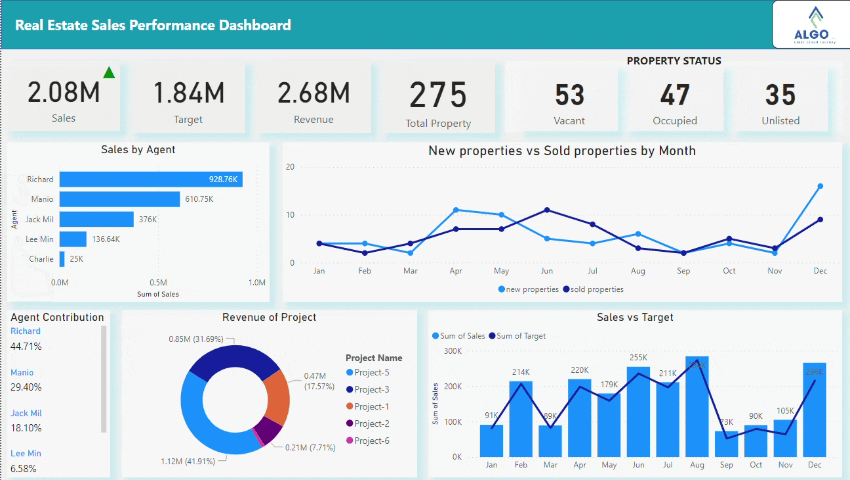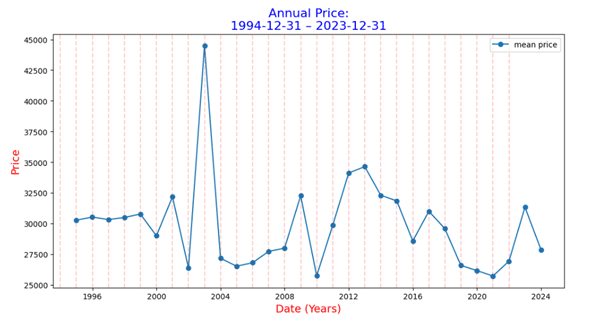Real Estate
- Home / Industries /
- Real Estate
Business intelligence in Real Estate

Property Portfolio Management: My dashboard offers a comprehensive overview of your real estate portfolio, including property values, rental income, and occupancy rates.
Market Analysis: It provides up-to-date market data and trends, helping you make informed decisions on property acquisitions, pricing strategies, and investment opportunities.
Lease Management: With features for lease tracking and tenant management, the dashboard helps you monitor lease expirations, rental payments, and tenant satisfaction levels.
Property Performance Metrics: It visualizes key performance metrics such as net operating income (NOI), cap rates, and return on investment (ROI), enabling you to assess the profitability and value of your properties.
Risk Management: The dashboard includes tools for risk assessment and mitigation, allowing you to identify potential risks such as vacancy rates, property maintenance issues, and market fluctuations, and develop strategies to mitigate them.
AI in Real Estate
 There might be other use-cases from the web search like the following:
There might be other use-cases from the web search like the following:
Computer vision can help in content search and discovery by pictures than filters and text.
By analysing apartment videos, an AI system could identify key features of the property, such as the number of rooms, the layout, the condition of various elements (like walls, floors, and fixtures). This information could then be used to generate a detailed report about the property. This could be particularly useful for property managers, real estate agents, and potential buyers or renters, providing a comprehensive overview of the property’s features and condition.
Computer vision can also be used in the redesigning process. For example, you could provide a sketch or layout of your apartment, and a computer vision system could generate a 3D view of the space. You could then add furniture to the 3D model, either by selecting items from a catalogue or by capturing images of real-world objects and adding them to the model. This could help you visualize different design options and make informed decisions about how to best use your space without the need for assigning a designer for doing this.
Leveraging the Full Potential of Your Cloud Investment



